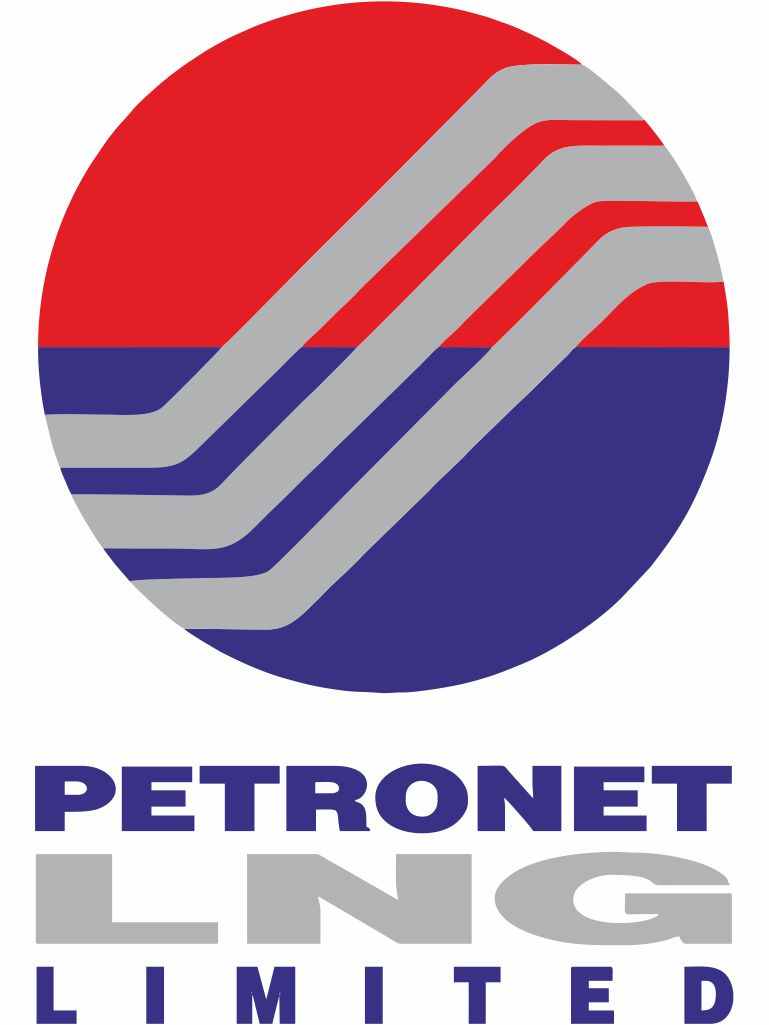
India may start LNG supplies to Sri Lanka by 2025-end
NEW DELHI : India is likely to start supplying liquefied natural gas (LNG) to Sri Lanka by the end of next year and will eventually establish an offshore regasification terminal at the Colombo Port. The LNG supply — which will be done using tankers that will be shipped to Colombo — as well as the terminal construction and operation will be done by India’s largest LNG terminal operator Petronet LNG.
The company will supply around 850 tonnes a day of LNG, or super-chilled gas, to Sri Lanka for five years, during which period it plans to build and commission a floating storage regasification unit (FSRU), which is essentially a regasification unit housed on a vessel, Petronet LNG’s Chief Executive Officer Akshay Kumar Singh told reporters India Energy Week in Goa. On an annual basis, Petronet LNG is looking to supply around 350,000 tonnes of LNG to the island nation.
“The requirement is almost 50 containers per day and we will have to take it through barges there…then again regasify there (using a vapouriser). So, 50 tankers (one tanker is around 17 metric tonnes)…need to be transported per day to Sri Lanka,” Singh said, adding that the average frequency of supply will be once in two days using ships that can accommodate 100 such tankers.
Sri Lanka has been scouting for LNG for running gas-based power plans and use in other industries, and has now agreed to take supplies from Petronet LNG. As for the planned FSRU, it has been under discussion for years, and is finally likely to see the light of day some time in 2028.
“We have not finalised the investment plan but it (FSRU) may roughly cost around Rs 2,500 crore,” Singh said. Petronet LNG will prepare a detailed feasibility report (DFR) once the Sri Lankan government gives a formal approval to the FSRU project.
Petronet LNG has long-term LNG purchase agreements from Qatar and Australia, and operates two land-based regasification terminals at Dahej in Gujarat with a capacity of 17.5 million tonnes per annum (mtpa) and a 5-mtpa unit at Kochi in Kerala. The LNG supply to Sri Lanka will be done from the Kochi terminal, helping the unit increase its capacity utilisation levels. While the Dahej terminal usually clocks high capacity utilisation levels, the Kochi unit has been struggling due to lack of requisite pipeline network to supply regasified LNG to industrial customers.
Singh said that the company and its promoters—Indian Oil Corporation, GAIL, Bharat Petroleum Corporation, and Oil and Natural Gas Corporation—are looking at sourcing more gas through long-term contracts, given Petronet LNG’s additional regasification capacity that is expected to come on stream in a few years. On Tuesday, Petronet LNG extended its 7.5-mtpa long-term LNG contract with QatarEnergy for another 20 years beyond 2028.
Petronet LNG is expanding the Dahej terminal’s capacity by 5 mtpa to 22.5 mtpa. Around 4 mtpa capacity at Kochi, which is not being utilised, will also see high capacity utilisation by next year. Additionally, Petronet LNG will be building a 4-mtpa FSRU at Gopalpur in Odisha.
“So naturally, there will be a requirement for more gas,” Singh said, but did not give details of how much additional volumes Petronet LNG plans to purchase through long-term contracts. He, however, indicated that Petronet LNG and its promoter companies could be in the market for over 10 mtpa of additional LNG through long-term contracts. Around 80 per cent of India’s LNG imports are through long-term deals, while the remaining is through spot contracts.
Long-term LNG contracts are more stable in terms of pricing, while spot contracts are more prone to price volatility.
India wants to increase the share of natural gas in its primary energy mix to 15 per cent by 2030 from a little over 6 per cent at present. The country already depends on LNG imports to meet around half of its gas demand, and as demand grows, LNG imports are also set to grow.

